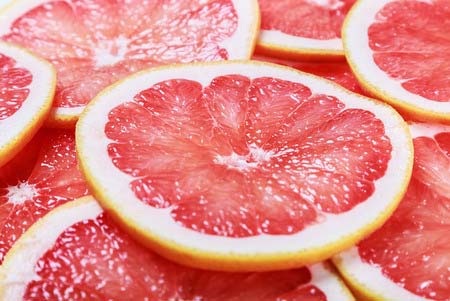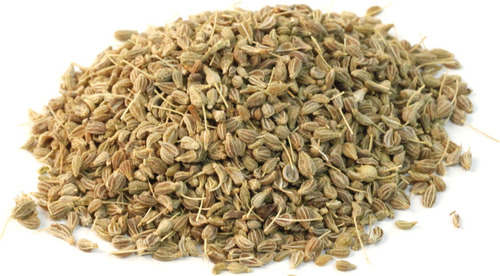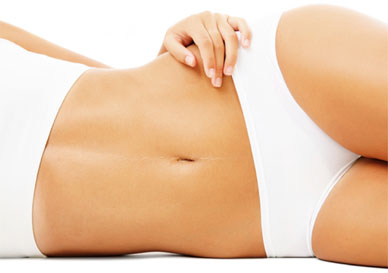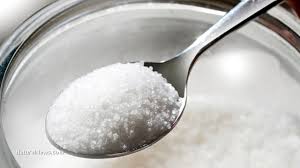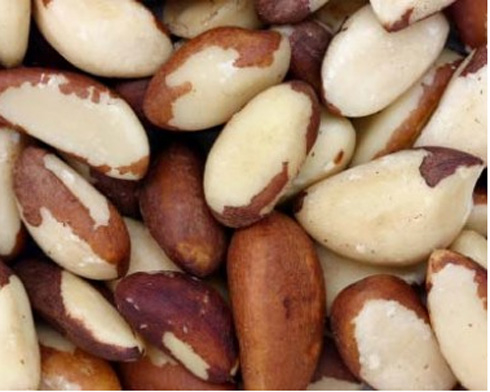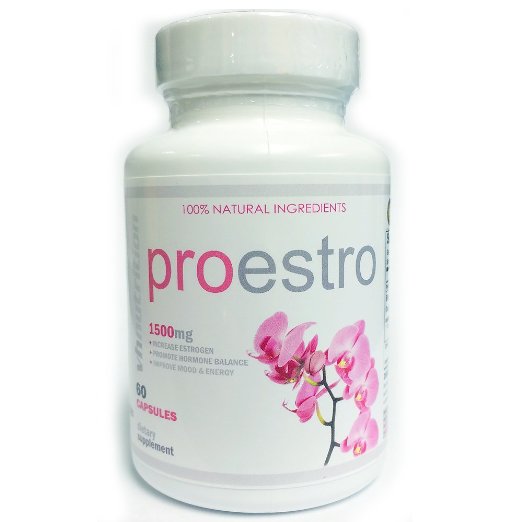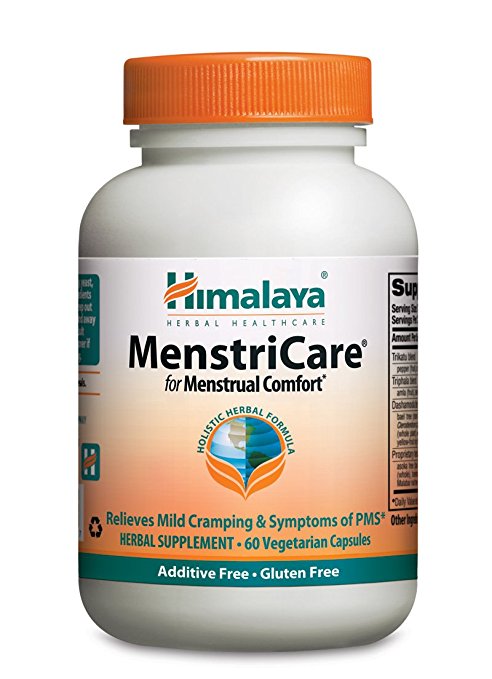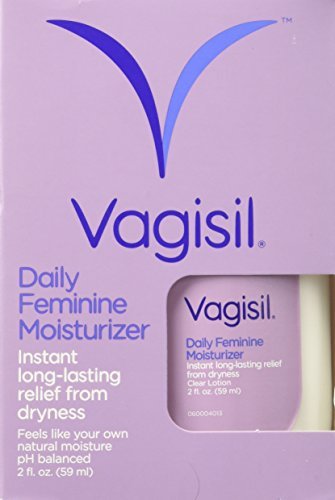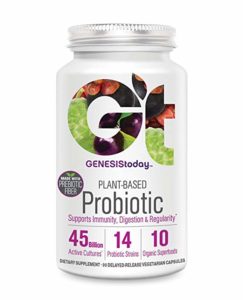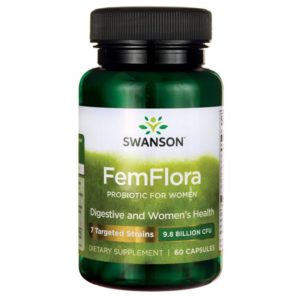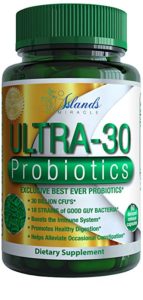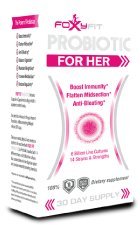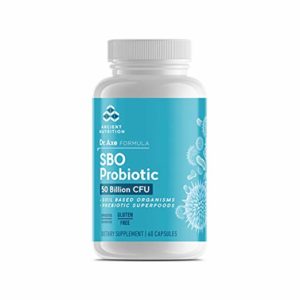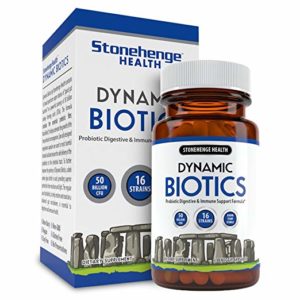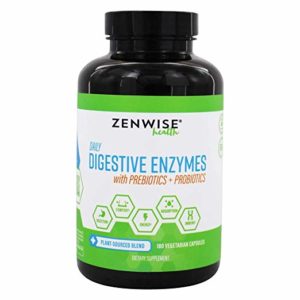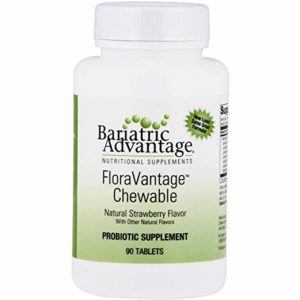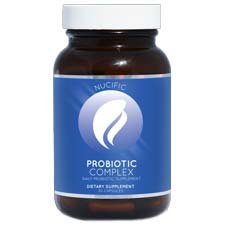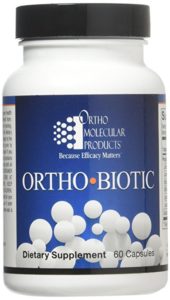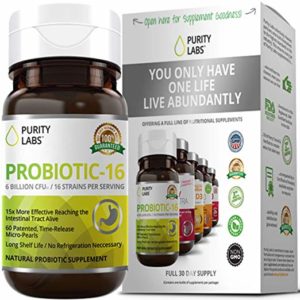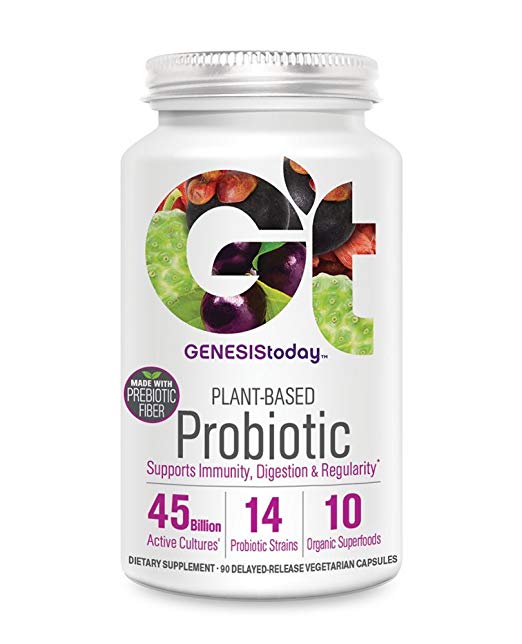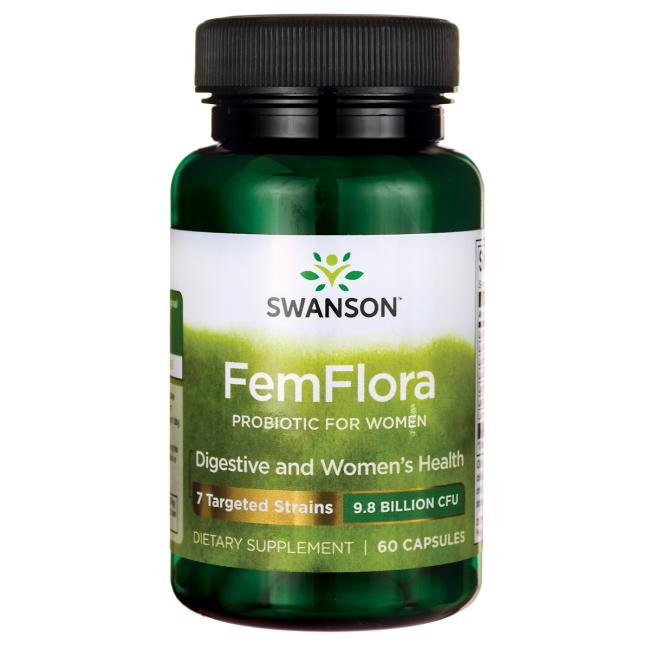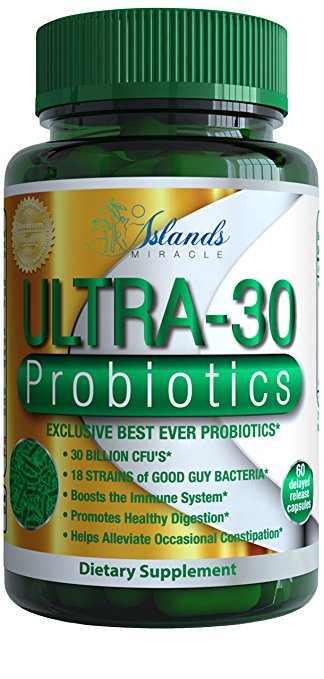
Feminine Issues?

The only All-Natural Product for:
- Feminine Issues
- Vaginal Odor
- Vaginal Itching
- Vaginal Discharge
Start Seeing A Difference Within a Few Days of Taking it!
WHAT'S THE PROOF?
Out of the tens of thousands of women that have tried Balance Complex, over 700 have been so impressed by the results, that they have voiced their results in the form of reviews for the product on Amazon, the world most TRUSTED online marketplace.
Below are just a few of the reviews of Balance Complex on Amazon:

"I have been looking for a probiotic to help with my feminine issues and this has done the trick!I have already recommended to other friends!" *

"I loved it. Just knowing that I was taking care of any problems that might occur that we as females go through gave me a piece of mind." *

"I was surprised it worked as fast as it did. Very Effective & Natural. I take one at night and one in the afternoon. And I feel so much better." *
Every order of Balance Complex on Amazon is backed by Amazon’s 100% money back satisfaction guarantee.
Try it for up to 90 days and if you aren't thrilled with the results, just notify Amazon and they will give you a full refund.
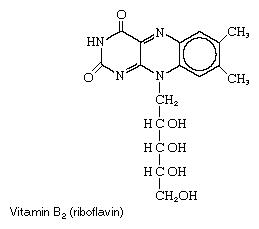
Riboflavin
How should you take Riboflavin for Bacterial Vaginosis?
Traditional treatment for bacterial vaginosis includes prescription medications such as metronidazole tablets. Prescription-strength vaginal creams or gels may also clear up bacterial vaginosis. Treatment usually lasts five to seven days. Although sexually inactive women may develop bacterial vaginosis, women most prone to this type of vaginitis include women with new or multiple sex partners and women whose method of birth control includes an intrauterine device — IUD. The use of condoms may help prevent bacterial vaginosis. If a yeast rather than bacterial infection caused your case of vaginitis, taking biotin – riboflavin-7 – may help. But scientists know little about biotin. A recommended daily allowance for the vitamin remains undetermined, and not all riboflavin complex supplements contain B-7. If you take riboflavin complex for any reason, read the labels carefully. Some B supplements contain excessive amounts of riboflavin.How does Riboflavin for Bacterial Vaginosis work?
Taking B vitamins in large doses poses both moderate and serious side effects. You may experience rashes, diarrhea, vomiting, nausea or headaches if you take B vitamin complex. Two of the B-vitamins – B-3 and B-6 – may produce harmful side effects such as irregular heartbeat, vision loss, blood sugar escalation and liver, brain and nerve damage. Riboflavin2 can be found in various food sources, though usually in negligible quantities. The most important sources of Riboflavin are dairy products, brewer’s yeast, dry-roasted soybeans, edamame, and liver. Some of its other sources include oysters, lean meats, mushrooms, broccoli, avocados and salmon. Oily fish, including mackerel, eel and herring are also rich sources of riboflavin. The list also includes eggs, shellfish, wild rice, dried peas, millet, sunflower seeds and beans to add B2 in your diet. Dark leafy green vegetables, such as asparagus and spinach, whole grain products, and mushrooms are also rich in riboflavin. Cabbage, carrots, apples, figs and berries have a comparatively low level of Riboflavin2. Fortunately, riboflavin2 is not lost during cooking, unlike many other vitamins. However, it is destroyed by strong light and baking soda.Review Overview
5.1 OVERALL SCORE
Feminine Issues?

The only All-Natural Product for:
- Feminine Issues
- Vaginal Odor
- Vaginal Itching
- Vaginal Discharge
Start Seeing A Difference Within a Few Days of Taking it!
WHAT'S THE PROOF?
Out of the tens of thousands of women that have tried Balance Complex, over 700 have been so impressed by the results, that they have voiced their results in the form of reviews for the product on Amazon, the world most TRUSTED online marketplace.
Below are just a few of the reviews of Balance Complex on Amazon:

"I have been looking for a probiotic to help with my feminine issues and this has done the trick!I have already recommended to other friends!" *

"I loved it. Just knowing that I was taking care of any problems that might occur that we as females go through gave me a piece of mind." *

"I was surprised it worked as fast as it did. Very Effective & Natural. I take one at night and one in the afternoon. And I feel so much better." *
Every order of Balance Complex on Amazon is backed by Amazon’s 100% money back satisfaction guarantee.
Try it for up to 90 days and if you aren't thrilled with the results, just notify Amazon and they will give you a full refund.
Recent Tests
Categories
- General Health
- Feminine Guides
- Ingredient Guides
- Product Reviews
- Bacterial Vaginosis Products
- Candida Products
- Menopause Products
- UTI Products
- Yeast Infection Products
About Us

FeminineHealthReviews is dedicated in bringing you the top unbiased editorial reviews and ratings for natural products and supplements, along with specs, user reviews, supplement facts and more.
These statements have not been evaluated by the Food and Drug Administration. This product is not intended to diagnose, treat, cure or prevent any disease.
*Results may vary. If you are pregnant, nursing, have a serious medical condition, or have a history of heart conditions we suggest consulting with a physician before using any supplement. The information contained in this website is provided for general informational purposes only. It is not intended to diagnose, treat*, cure, or prevent any disease and should not be relied upon as medical advice. Always consult your doctor before using any supplements. Disclosure of Material Connection: Some of the links in the post above are "associate sales links." This means if you click on the link and purchase an item, we will receive a commission. Regardless, we only recommend products or services which we use personally and/or believe will add value to our readers. We are disclosing this in accordance with the Federal Trade Commission’s 16 CFR, Part 255: "Guides Concerning the Use of Endorsements and Testimonials." Disclaimer: © 2025 All Rights Reserved. The information provided on this site is intended for your general knowledge only and is not a substitute for professional medical advice or treatment for specific medical conditions. You should not use this information to diagnose or treat* a health problem or disease without consulting with a qualified healthcare provider. Please consult your healthcare provider with any questions or concerns you may have regarding your condition.Your use of this website indicates your agreement to this websites published terms of use and all site policies. All trademarks, registered trademarks and service-marks mentioned on this site are the property of their respective owners.





